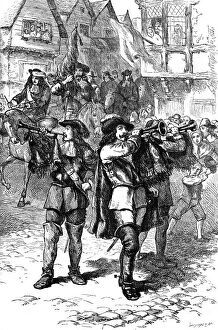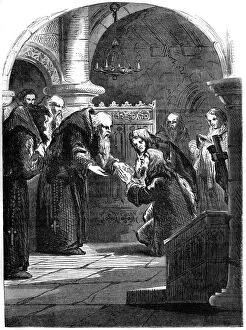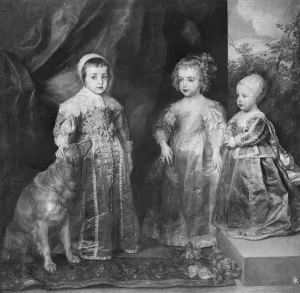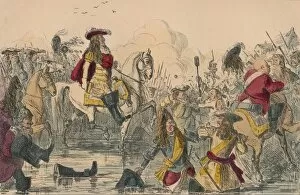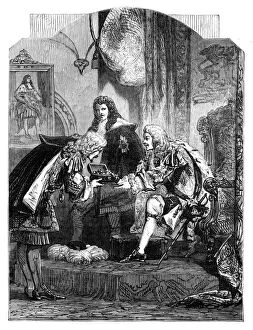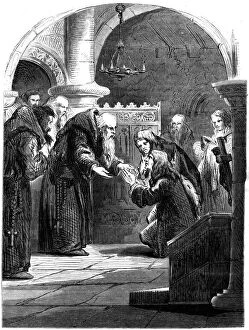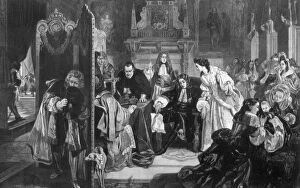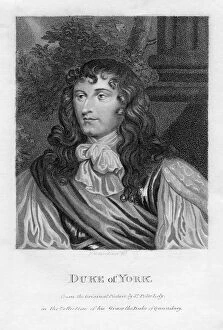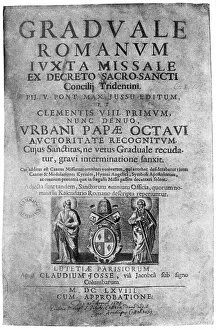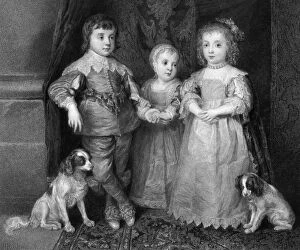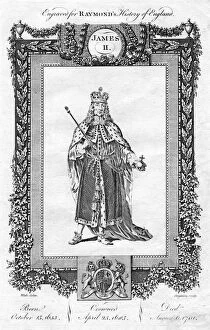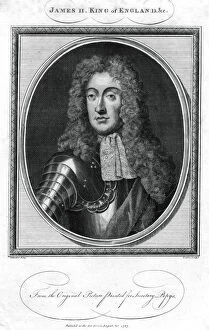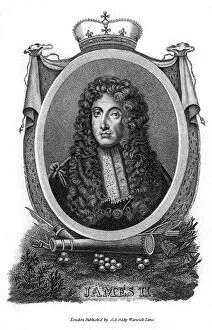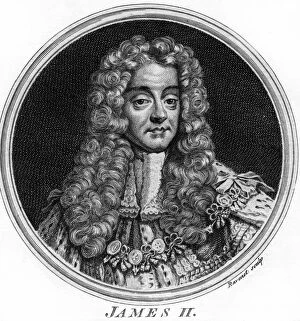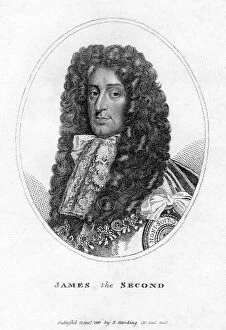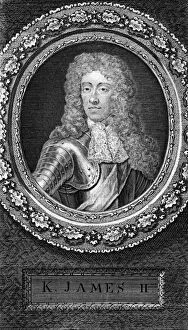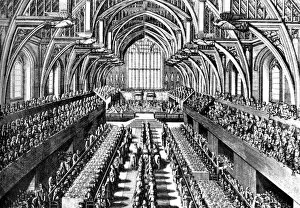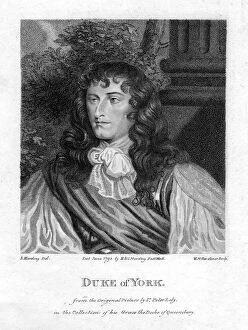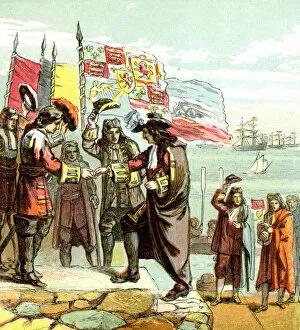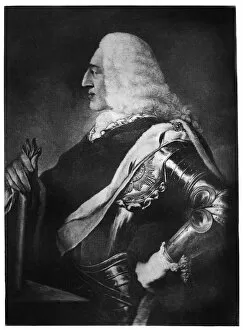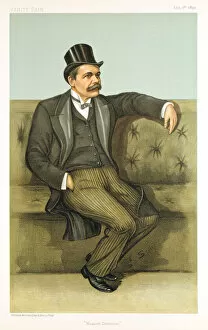James Stuart Collection (page 3)
James Stuart was a prominent figure in history, with his influence spanning across various realms
All Professionally Made to Order for Quick Shipping
James Stuart was a prominent figure in history, with his influence spanning across various realms. From the prestigious Newmarket Race Course in 1940 to the captivating clothing styles during the reigns of Charles I and II, and James II from 1640-1686, he left an indelible mark. A portrait of Samuel Sewall showcased him donning a periwig and long coat around c1700-1720, providing a glimpse into fashion trends of that era. In 1935, another depiction portrayed James II himself, exuding power and authority. His partnership with Mary of Modena was beautifully captured in an image from 1907, showcasing their regal connection. Portman Square in London witnessed his presence circa 1813 as evidenced by historical records from 1907. The grandeur continued with The Coronation Dinner of James II held at Westminster Hall in 1685; this momentous occasion was immortalized by Samuel Moore's artistic creation in 1947. King James I also found his place among these snapshots - born in 1566 and reigning from1603 until his death in1625 - he played a significant role shaping England's destiny. Mary of Modena herself became the subject of admiration through Nicholas Dixon's attributed artwork dating back to c1673. Additionally, engravings depicting both James Stuart as "the Old Pretender" and simply as himself further solidify his historical significance.






